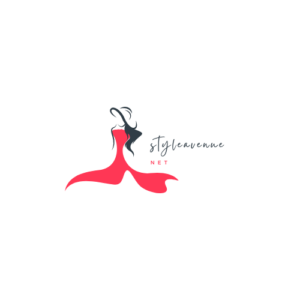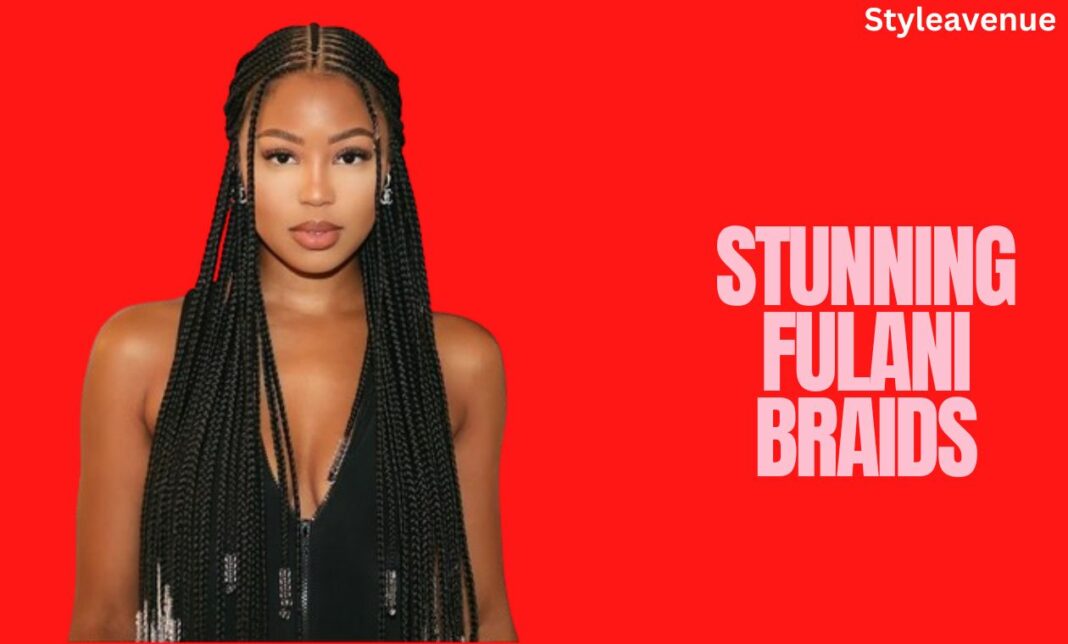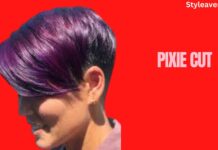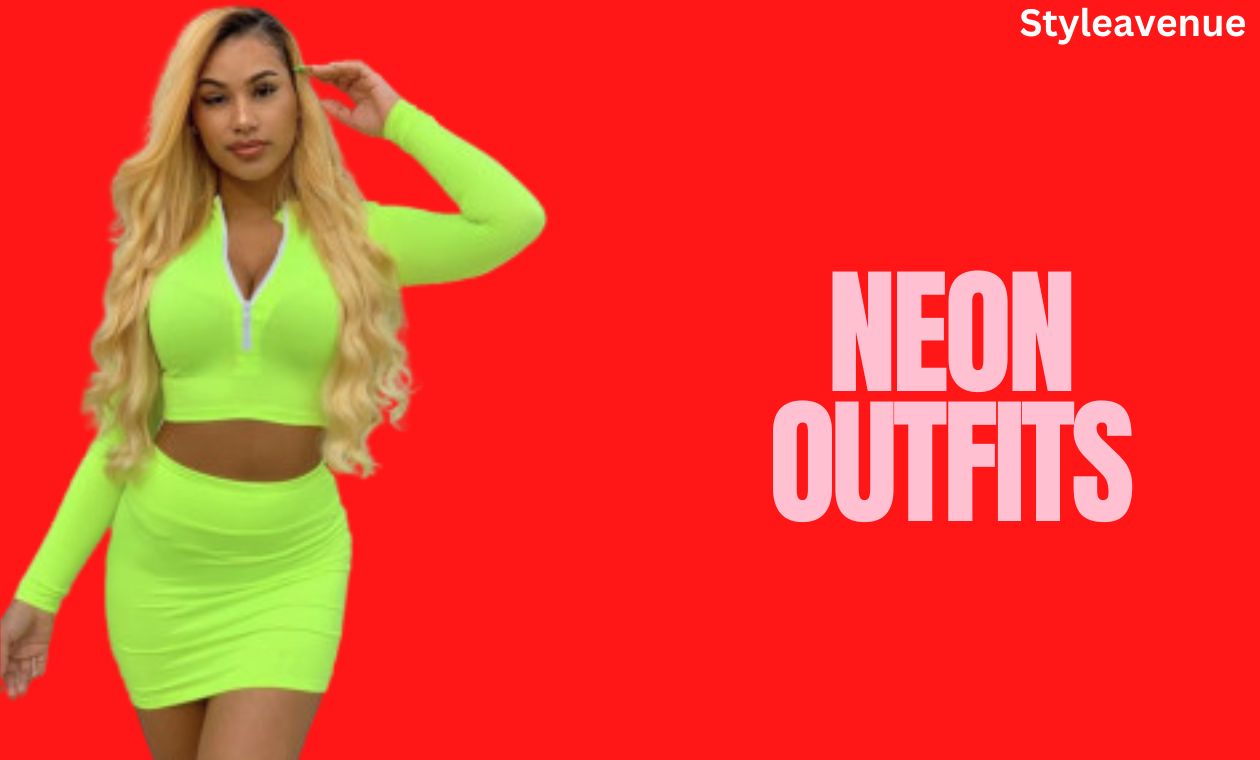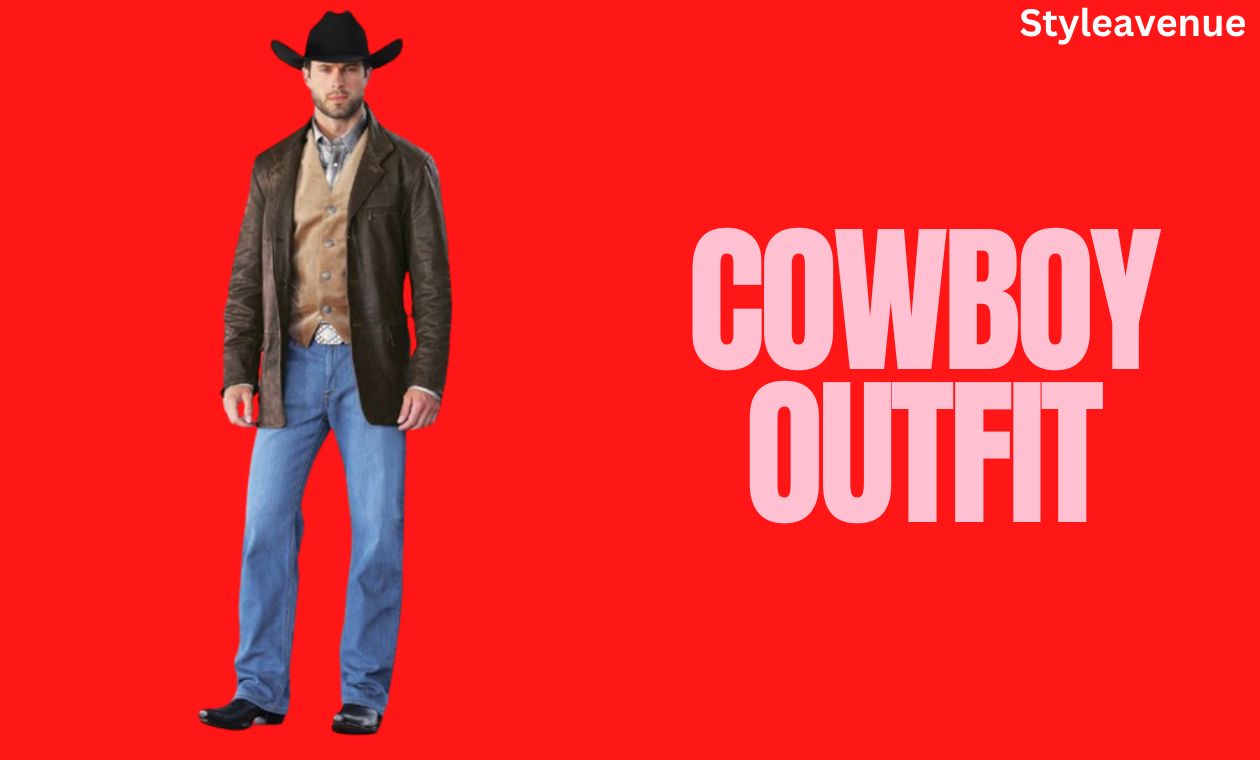Fulani Braids Guide: Origins, Styles & Adornments
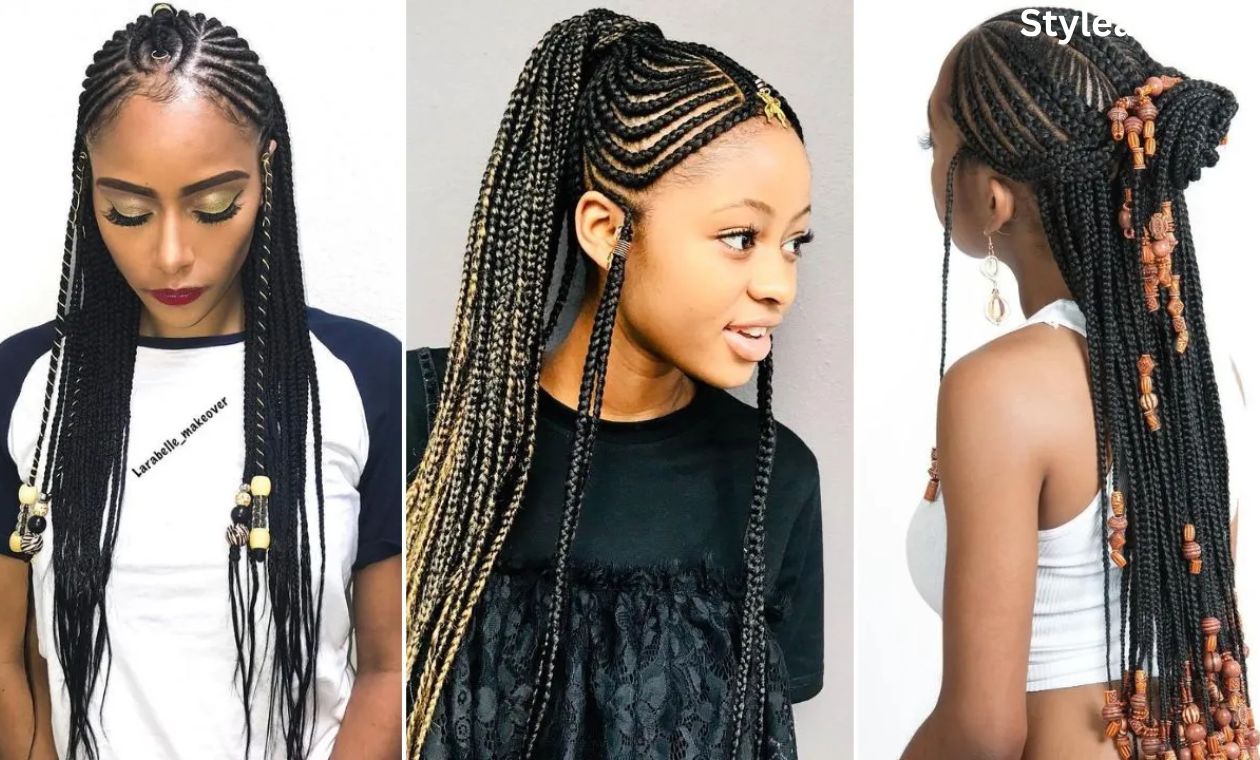
Fulani braids, originating from the Fulani people of West Africa, are a celebrated traditional hairstyle renowned for their intricate patterns and cultural significance. These braids intertwine cornrows with other weaving techniques, creating a distinctive look adorned with beads and shells. Embraced for their beauty and practicality, Fulani braids have become increasingly popular among women worldwide. Their versatility allows for various styles, from short and practical to long and elaborate, making them a timeless choice for both everyday wear and special occasions.
Origins and Cultural Significance
Fulani braids draw inspiration from the rich cultural heritage of the Fulani people, indigenous to West Africa. This traditional hairstyle reflects the community’s values of beauty, identity, and cultural pride. Historically, Fulani women used braiding not only as a decorative art form but also as a means of cultural expression, with hairstyles often indicating social status, age, and marital status within the community.
The foundation of Fulani braids lies in intricate braiding techniques, prominently featuring cornrows. These are skillfully woven along the scalp in straight lines, emphasizing a symmetrical and neat appearance. Beyond cornrows, Fulani braids incorporate additional braiding styles such as twists, feed-in braids, and intricate patterns that follow curved or crisscross paths across the head.
Adornments play a crucial role in Fulani braids, reflecting both aesthetic preferences and cultural symbolism. Beads, traditionally made of materials like wood, glass, or metal, are meticulously threaded into the braids. These beads can vary in size, color, and pattern, serving as embellishments that enhance the overall beauty of the hairstyle. Similarly, cowrie shells, known for their spiritual significance and association with prosperity in Fulani culture, are often incorporated into the braids, adding a symbolic layer to the adornments.
Key Characteristics of Fulani Braids
Fulani braids are distinguished by their meticulous craftsmanship and cultural significance, rooted in traditional West African hairstyling practices.
Foundational Use of Cornrows:
At the core of Fulani braids are cornrows, skillfully woven close to the scalp in straight lines. These cornrows serve as the foundational structure of the hairstyle, providing a neat and symmetrical base that frames the face or runs along the center of the head.
Intricate Braiding Patterns and Styles:
Beyond cornrows, Fulani braids showcase a variety of intricate braiding patterns. These can include feed-in braids, where additional hair is gradually incorporated as the braid progresses, creating a seamless and fuller look. Other styles may feature twists or braids that follow curved paths around the head, adding depth and complexity to the hairstyle.
Adornments: Beads, Shells, and Accessories:
A hallmark of Fulani braids is the use of adornments such as beads, shells, and other accessories. Beads, often made from materials like wood, glass, or metal, are threaded into the braids in elaborate patterns. They not only enhance the visual appeal of the braids but also carry cultural significance, symbolizing beauty, spirituality, and social status within the Fulani community. Cowrie shells, known for their traditional value and association with prosperity, are also commonly incorporated into the braids, further enriching their cultural narrative.
Variations and Customization
Fulani braids offer a wide range of options for customization, allowing individuals to tailor their hairstyle to suit personal preferences and style preferences.
Flexibility in Length:
One of the defining features of Fulani braids is their versatility in length. They can be styled as short, practical braids that graze the shoulders, or as long, flowing braids that extend down the back. This flexibility in length enables individuals to choose a style that complements their facial features and lifestyle.
Different Braiding Techniques:
Beyond traditional cornrows, Fulani braids incorporate various braiding techniques that influence the overall aesthetic. Techniques such as feed-in braids, where additional hair is gradually added to create a thicker braid, add volume and texture to the hairstyle. Other techniques may include twists, which provide a softer look, or intricate braiding patterns that follow unique paths across the scalp.
Customization Options:
Color and adornments play a significant role in customizing Fulani braids. Colored extensions can be seamlessly integrated into the braids to add vibrancy and depth, allowing for bold and eye-catching hairstyles. Additionally, the placement and type of beads and shells can be varied to create unique patterns and designs, reflecting individual style preferences and cultural influences.
Benefits as a Protective Style
Fulani braids are not just a fashionable choice; they also offer several protective benefits for maintaining healthy hair.
Prevention of Hair Breakage:
One of the primary advantages of Fulani braids is their ability to protect natural hair from breakage. By braiding the hair close to the scalp, Fulani braids reduce manipulation and friction that can lead to hair breakage. This protective style helps in retaining moisture and length, promoting overall hair health.
Promotion of Healthy Growth:
Braiding, particularly with Fulani braids, encourages healthy hair growth. The braids act as a shield against environmental factors and daily styling damage, allowing the hair to grow without interference. This protective barrier also prevents split ends and hair damage, contributing to stronger and longer hair over time.
Ease of Maintenance and Versatility:
Another advantage of Fulani braids is their low-maintenance nature. Once braided, they require minimal daily styling, reducing the need for constant manipulation and heat styling tools. This ease of maintenance makes Fulani braids a convenient choice for individuals with busy lifestyles or those looking to minimize their hair care routine. Additionally, Fulani braids offer versatility in styling options, allowing individuals to experiment with different updos, ponytails, or accessories while maintaining the protective benefits of the braids.
Choosing the Right Style
Selecting the perfect Fulani braids style involves careful consideration and consultation with a skilled hairstylist.
Consulting with a Hairstylist:
It’s essential to seek out a hairstylist experienced in braiding, particularly Fulani braids. A skilled professional can offer guidance on choosing a style that complements your facial features, fits your lifestyle, and aligns with your cultural preferences. They can also provide insights into braiding techniques and maintenance tips to ensure long-lasting wear.
Considerations for Style Selection:
When deciding on a Fulani braids style, consider factors such as your hair type, desired length, and the complexity of the braiding pattern. Individuals with finer hair may opt for lighter braiding techniques to avoid excessive tension, while those with thicker hair can experiment with more intricate styles. Desired length and overall aesthetic should also guide your choice, whether you prefer shorter, practical braids or longer, statement-making ones.
Maintenance Tips for Longevity:
To maintain Fulani braids for extended wear, follow a few essential tips. Keep your scalp and braids clean by washing them gently with a sulfate-free shampoo and conditioner. Moisturize your scalp regularly to prevent dryness and itchiness, using lightweight oils or moisturizing sprays. Avoid excessive pulling or tension on the braids to prevent hair breakage, and protect them overnight with a satin or silk scarf or bonnet.
In Crux
Fulani braids stand out not only for their intricate beauty but also for their practical benefits as a hairstyle choice. Originating from the rich cultural traditions of the Fulani people in West Africa, these braids blend artistry with functionality, making them a versatile option for women of all backgrounds.
The beauty of Fulani braids lies in their ability to showcase intricate braiding techniques like cornrows and twists, adorned with symbolic beads and shells that reflect cultural heritage and personal style. Beyond aesthetics, Fulani braids serve as a protective style, promoting healthy hair growth by minimizing breakage and maintaining moisture.
Whether you’re drawn to Fulani braids for their cultural significance or their versatility in everyday styling, exploring this hairstyle offers a unique opportunity for both cultural appreciation and personal expression. Embrace the beauty of Fulani braids and discover a hairstyle that celebrates tradition while enhancing your individuality.
How much did you like Our detailed Stunning Fulani Braids: Origins, Styles & Adornments? please share these Blogs with your friends on social media.
Recommended
- High Heel Boots
- Head Scarf Magic
- Black Puffer Vests
- Black Puffer Jacket
- Head Scarves
- Black Lingerie
- Light Blue Suit

I love to explore tech, games, fashion, philosophy, and psychology. My habit of journaling and observing the words differently, I found my raw skill of content and copywriting; and thanks to my gamer side, I love to dig deep down into things that are unexplored for me.
